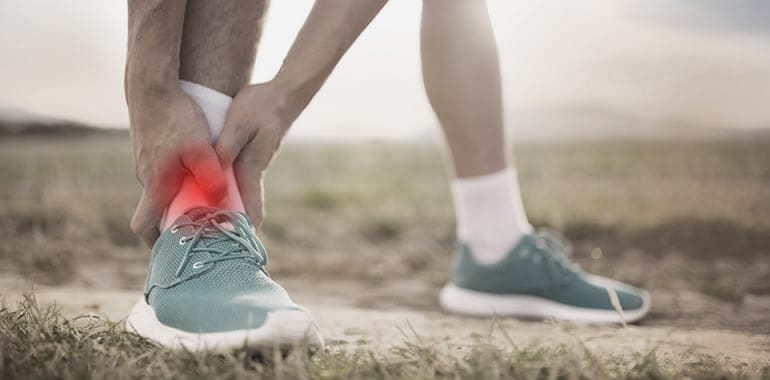
As we are talking about chronic pain in this series of blog articles, it is critical to talk about how our body chooses to move in response to pain. Let’s take an example of a sprained ankle. When someone sprains their ankle they may start to walk with their foot turned out to the side. This is a conscious or subconscious effort to protect the ligaments that have been damaged on the outside of the ankle. However, this can cause more pain up the chain – in the knee, hip, low back, or even the shoulder. What starts out as a movement pattern to protect an injured area turns into a movement pattern that causes pain in other places of the body.
Currently, we have four hypotheses to explain why these motor strategies occur. The Suboptimal Tissue-Loading Hypothesis states that we tend to change our movement patterns over time due to habit or energy minimization. Over time this suboptimal loading causes pain because it exceeds the tissue tolerance. The Pain/Injury Interference/Inaccuracy Hypothesis describes altered movement patterns in response to a real or perceived threat of injury. The Protective Response Hypothesis describes a change in the nervous system to remove or reduce the threat of pain which changes the motor behavior. While the Conditioned Response Hypothesis states that pain may be experienced in association with movement in the absence of nociceptive discharge due to pain “memories”. These four hypotheses often interact with each other and each person can move through different theories as they progress through an injury.
Understanding these hypotheses and how they are affecting an individual are critical to the rehabilitation of an injury. Each motor strategy has a unique treatment regimen for optimal results. We can help you to understand where your body is and develop a program to improve motor strategies to assure complete healing. Please contact us at (425)658-4944 or amykonvalinpt@gmail.com for more information.



